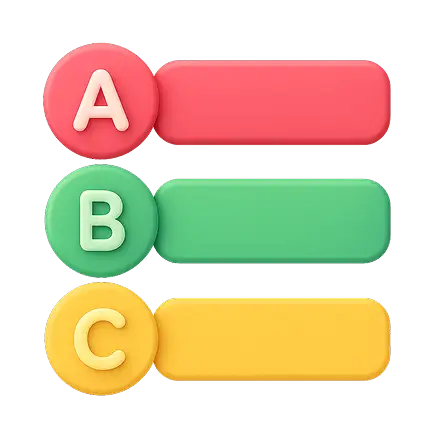Both the bank rate and open market operations are components of monetary policy in the Indian economy.
Bank rate: The bank rate is the rate at which the central bank (Reserve Bank of India in the case of India) lends money to commercial banks. It is one of the key tools used by the central bank to control the money supply and credit conditions in the economy.
Open market operations: Open market operations refer to the buying and selling of government securities (bonds) by the central bank in the open market. Through open market operations, the central bank can inject or withdraw liquidity from the banking system, thereby influencing the level of reserves held by banks and the overall money supply in the economy.
Public debt and public revenue are not typically considered components of monetary policy. Public debt refers to the total amount of money owed by the government through borrowing, while public revenue refers to the income generated by the government through taxes and other sources. These factors are more closely related to fiscal policy, which involves government spending and taxation decisions to achieve specific economic objectives.

